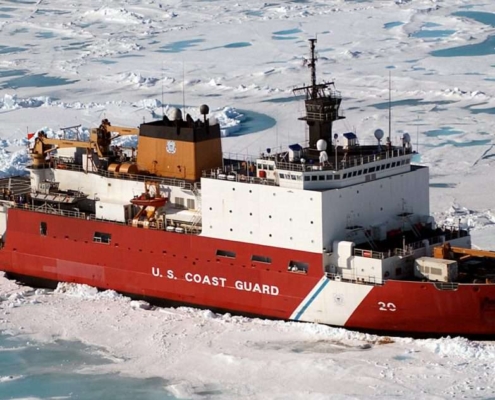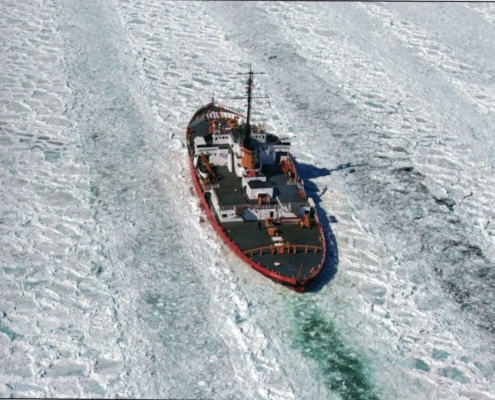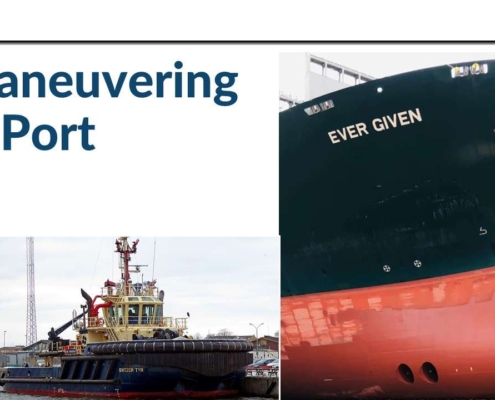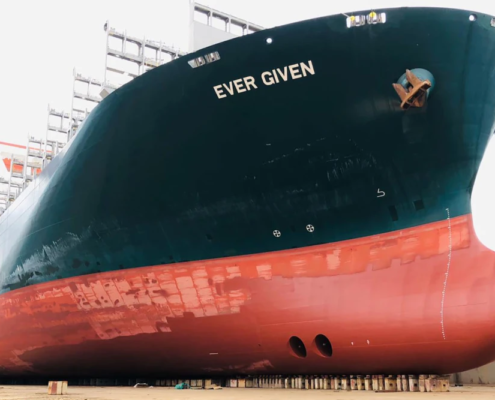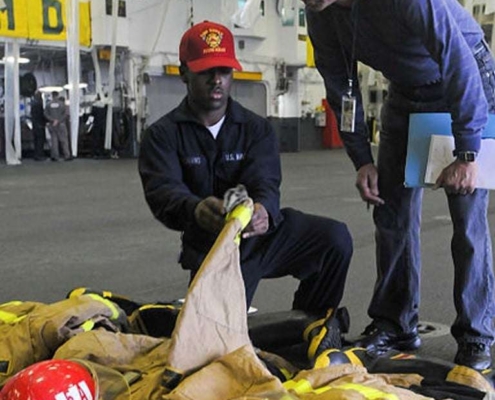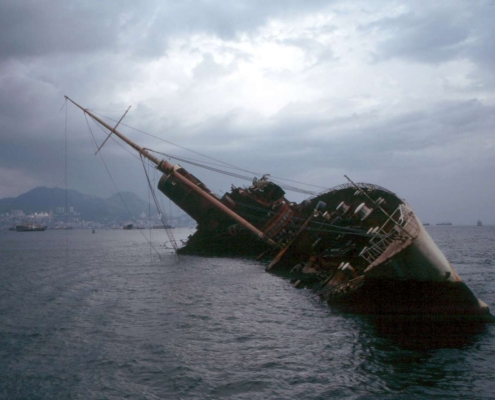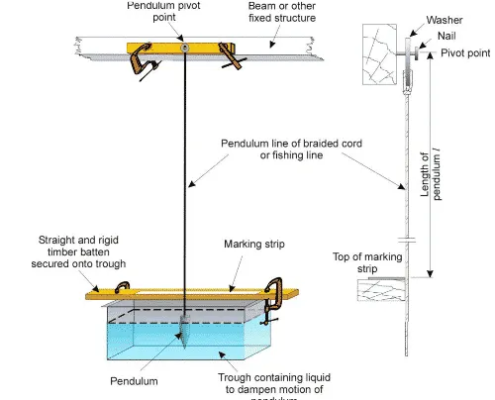The challenge of sailing hydrofoils adds to the fun, but as an engineer, I focus on the large increased risk to life. Sadly, those risks already progressed beyond theory. While training for the 2013 America’s Cup, sailor Andrew Simpson was killed. [2] The yacht capsized, and Mr. Simpson became trapped under the solid sections of the yacht. Emergency divers failed to locate him in time. The vessel owners prepared for the potential of a capsize with a myriad of safety features [3]:
- Helmets
- Body armor
- Knives to cut free of rigging
- Emergency oxygen bottles
- Underwater training for all crew
- Emergency divers always ready
As an engineer, this tells me that the racers were not reckless; they cared about safety. But those preparations were not enough. I accept that extreme sportsmen demand new challenges, but I can’t accept that a sport warrants jeopardizing your life.
Max Sirena added: “The boat is basically too powerful. At the same time, this is our sport. This is a risk we take.” [2]
Beyond all other requirements, ships must protect the lives of their crew and passengers. The current designs for sailing hydrofoils disappoint in this area. But we don’t throw in the towel and forget about hydrofoils. Engineering gives us the tools to work the problem and develop new solutions. Maybe the vessels protected against the wrong challenge. We need to understand the fundamental risk of sailing hydrofoils.


